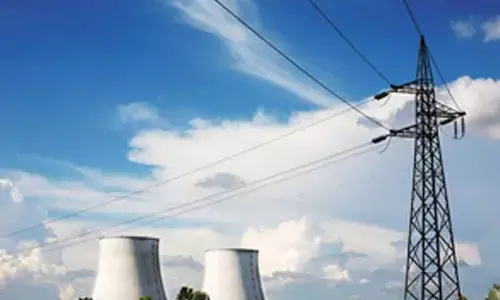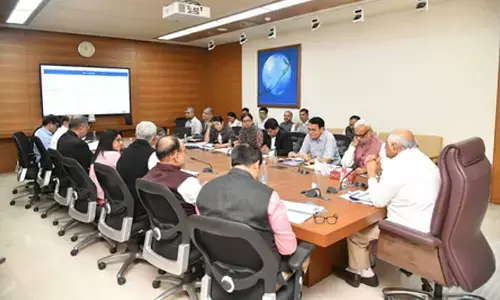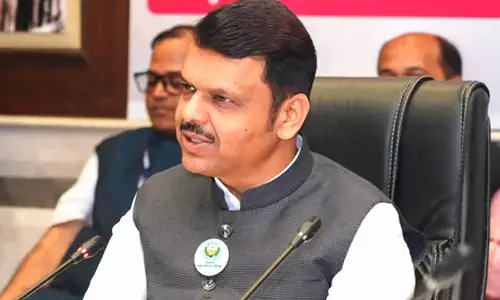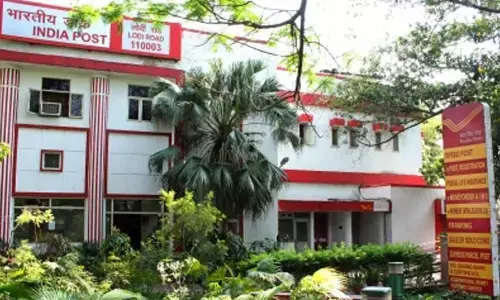A holistic approach needed to solve farmers’ woes
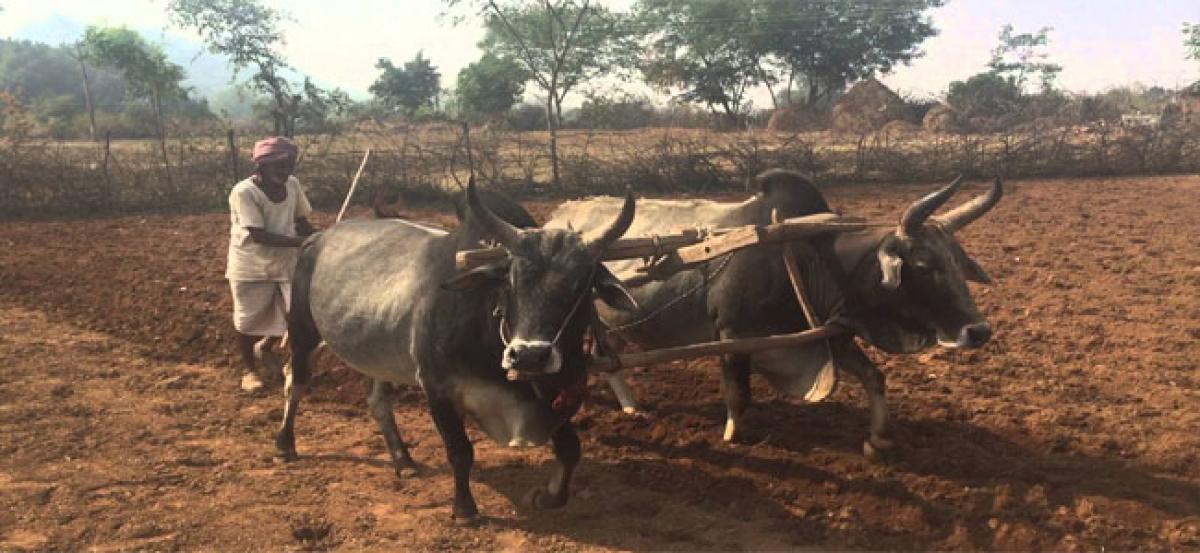
What a shame that, politicians selective amnesia of farmers plight that transcended all the limits of pain Narendra Modi had promised to double farm incomes in five years during 2014 election campaign Instead, they have actually declined on average in real terms, and in any case, become even more volatile
What a shame that, politician’s selective amnesia of farmer’s plight that transcended all the limits of pain. Narendra Modi had promised to double farm incomes in five years during 2014 election campaign. Instead, they have actually declined on average in real terms, and in any case, become even more volatile. Now the goalpost for doubling farmers' incomes has been officially shifted to 2022, but few are buying that promise any more. The real problem is not about policies but lack of insight and government is acting like a shoemaker who blames the feet when the shoes don’t fit.
The fact is rural India, which politicians fondly remember as ‘Bharat’ to harvest electoral dividends, has an estimated 90.2 million agricultural households dependent mainly on cultivation. Bureaucrats lack inputs from the ground zero while drafting the solutions for cultivations of ideas in Lytyens Delhi.
Hence, they have failed to answer a simple question — why a farmer in rural Maharashtra is paid just Rs 2 for one kilogramme of tomato that is sold for Rs 50 per kilogramme in the big cities?
The ill-conceived effort to resolve woes of farmers, who are harvesting debt every month, through official presentations is nothing more than a repetitive process irrespective of the shades of power in the Centre since independence. It is a cruel and well-known fact that half of the India’s agricultural household is overburdened with debt besides facing various issues of unviable and unsustainable farming.
To mitigate the chronic farmer distress needs a much more holistic and comprehensive policy response. It requires: more attention to irrigation (both surface and groundwater), more funding of agricultural research oriented to current concerns, better and more comprehensive extension services to enable all farmers to make use of available technologies properly, improved access to reasonably priced inputs without being misled by input dealers with conflicts of interest, proper public procurement across different crops that ensures that the declared minimum support price does become the market floor price, improved management of post-harvest produce including by providing cold storage facilities everywhere, better regulation of market yards so that farmers are not duped or exploited, ensuring affordable access to credit for all farmers and not allowing accumulated interest to exceed the original principal amount of the loan, better conditions for crop insurance which is currently so restrictive as to provide little benefit, more systematic policies for livestock management — and of course, expanding possibilities for non-agricultural activity in rural areas.
These may seem a tall order, but they are conditions that farmers in many countries — including in developing Asia — take for granted.











